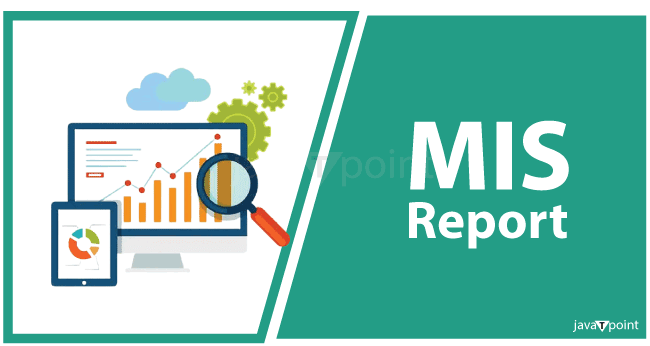MIS Full form in ExcelWhat is MISManagement Information System, commonly known as MIS, is a crucial element in business and data management. Excel serves as a versatile tool for data entry. Users can input data manually or import it from external sources. Excel workbooks act as storage containers for data. They can hold multiple sheets, each dedicated to a specific aspect of information. Excel's charts and graphs provide data a 'visual representation,' which facilitates understanding of trends and patterns. Excel is extensively used for financial modeling, budgeting, and forecasting. Payroll processing, performance monitoring, and employee data management are among the HR tasks that Excel can help with. MIS begins with the collection of data from various sources. Once data is collected, MIS involves processing it into meaningful information. The information retrieved from MIS is disseminated to relevant stakeholders.Decision-makers can make timely and well-informed judgements with the information provided by MIS. Performance metrics and key performance indicators (KPIs) are often tracked through MIS. MIS implementations should include robust data quality control measures. Users need to be trained to use the MIS tools effectively and interpret the information provided. Therefore, the Management Information System is a 'dynamic' and 'integral' part of modern organizational management. It aids in optimizing resource allocation and utilization. MIS provides timely and accurate information, enabling better decision-making at all levels of an organization. MIS assists strategic planning by offering insights into consumer behaviour, corporate procedures, and market trends. MIS is evolving to integrate Big Data analytics. MIS interfaces are becoming more intuitive and user-friendly. Ensuring data privacy and security remains a significant challenge for MIS. Maintaining data integrity and quality requires the establishment of strong data governance procedures. As MIS systems become more advanced, ethical considerations surrounding the collection and use of data are gaining prominence. The success of MIS implementation relies heavily on the users' ability to 'effectively navigate' and utilize the system. In the dynamic business environment, risk management is a critical aspect of organizational strategy. As businesses expand globally, the need for effective information management becomes even more pronounced. 'Business Intelligence,' a subset of MIS, focuses on the analysis of business data to provide actionable insights. 
AdvantagesThe advantages of MIS are:
DisadvantagesThe disadvantages of MIS are:
Next TopicOffset Excel
|
 For Videos Join Our Youtube Channel: Join Now
For Videos Join Our Youtube Channel: Join Now
Feedback
- Send your Feedback to [email protected]
Help Others, Please Share









